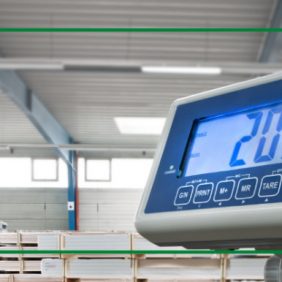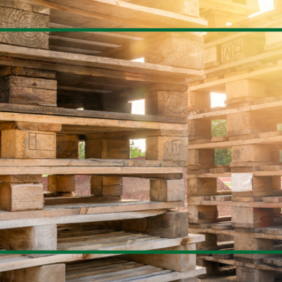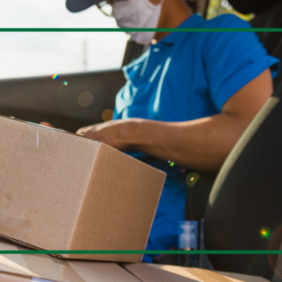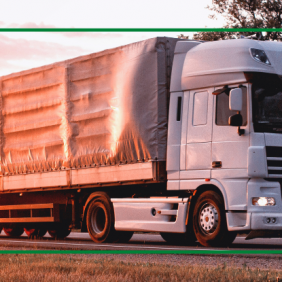In freight shipping, it can be challenging to understand all the different types of modes and services. One of the key things that shippers are usually interested in is the shipping cost. While there are some main factors that determine it, there are also minor factors that have an impact on pricing too. One of these factors is the type of freight carriers. Essentially, different carriers have different tariffs, regulations, service fees, etc. To choose the best option for your shipment, it is beneficial to
Shippers who often ship LTL freight can benefit from another shipping method called volume freight shipping. In the shipping industry, it stands somewhere between full truckload and less than truckload shipping. Knowing the difference can be tricky, so it’s important to know the difference between all of the options.
What is Volume Freight?
-
Volume freight is a shipment that's larger and heavier than standard LTL, but not enough to fill a full truckload trailer and be justified for a full truckload ship
No scale? No problem. Learn how to measure your freight's weight if a scale isn't available to insure you receive an accurate quote.
Reliable package fixation is crucial for adequate loading and is highly recommended for shippers. Palletizing can help reduce overall shipping costs since a pallet is considered a single piece, regardless of the number of packages. Some carriers require mandatory palletizing, so knowing the basics will help avoid confusion while shipping LTL freight.
Logistics and the transportation of goods are very diverse and complex industries. Shippers rely on overseas shipping, air transportation, and ground delivery to move freight. It involves many shipping modes or different types of transportation and ways of shipping goods. Sometimes, it may be challenging for a company to choose the right mode of transportation to reach the best result. It can be especially difficult if you are new to domestic or global shipping. However, knowing the differences and benefits
Shippers who often ship LTL freight can benefit from another shipping method called volume freight shipping. In the shipping industry, it stands somewhere between full truckload and less than truckload shipping. Knowing the difference can be tricky, so it’s important to know the difference between all of the options.
What is Volume Freight?
-
Volume freight is a shipment that's larger and heavier than standard LTL, but not enough to fill a full truckload trailer and be justified for a full truckload ship
Shippers who often ship LTL freight can benefit from another shipping method called volume freight shipping. In the shipping industry, it stands somewhere between full truckload and less than truckload shipping. Knowing the difference can be tricky, so it’s important to know the difference between all of the options.
What is Volume Freight?
-
Volume freight is a shipment that's larger and heavier than standard LTL, but not enough to fill a full truckload trailer and be justified for a full truckload ship
Shippers who often ship LTL freight can benefit from another shipping method called volume freight shipping. In the shipping industry, it stands somewhere between full truckload and less than truckload shipping. Knowing the difference can be tricky, so it’s important to know the difference between all of the options.
What is Volume Freight?
-
Volume freight is a shipment that's larger and heavier than standard LTL, but not enough to fill a full truckload trailer and be justified for a full truckload ship
If you've noticed an increase in your freight shipping costs, you're not alone. It's time to return to the drawing board to investigate why costs are rising and rethink your previous shipping expectations.
How are LTL freight rates calculated?
-
Many factors affect LTL rates. Generally, less than truckload rates are calculated differently than truckload rates. Before you make a shipment, it is important to understand what determines shipping rates. So, knowing the factors that affect and form LTL freight rates can help you reduce shipping costs and can allow you to ship more efficiently.
Which factors determine LTL rates?
-
Normally, full truckload shipping rates are based on a per-mile rate or price-per-









